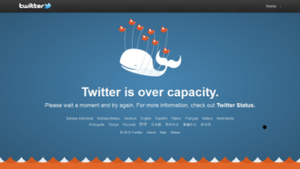
Adgitize announced today in their blog a Special Summer Promotion in which every member who is a paid advertiser will earn back their monthly advertising fees of 14$ if you score daily 300 points or more.
This means Adgitize will add each day a minimum amount of 47 cents in your account when you reach the 300 points goal which earns you 14.57 $ within 31 days + you'll get between 1.200 - 2.500 visitors/31 days!
With the Special Summer Promotion Adgitize wants to reach the goal to attract 25 new (or former) advertisers and exceed again the level of 200 advertisers (currently just 176).
A comparison to the previous earnings for the 300 points tier - it has been around 33 - 36 cents.
I guess now we can drop our excuses in saying "i will loose some $" as this promotion is valid until 31st July 2010 and might be extended until the end of the year 2010 - in this time you will definitely earn more money than in the last few months and get additional ("free") traffic!
You can read my
You can read my
If you're not yet a member of Adgitize -which earned me in the last 12 months more than 110 $ (ad fees deducted)- simply sign up using my Referral-Link by clicking on the Special Summer Promotion link or button at the top of this post and you will receive after Adgitize's approval a ONE WEEK AD VOUCHER (7$) for FREE to start your own successful Adgitize ad campaign without any risks attached!
Have a great time enjoying more traffic and earning more money with Adgitize in the coming days, weeks and months!
Update: It's enough during weekdays (Monday - Thursday) to achieve just 300 points, even with 350 - 370 points on these days, you won't earn more than the promoted 47 cents.
Simply check how many points you achieve without dropping cards (100 points - blog post, 100 points - advertiser, xx points - page + ad views) and then add the amount of points needed to reach 300 points (with 60 page / ad view points the amount is 260 points - 40 points needed for 300 points => click 25/50 ads depending if you're advertiser or only publisher - add 5 extra clicks as page / ad view points can fluctuate).







![Reblog this post [with Zemanta]](http://img.zemanta.com/reblog_e.png?x-id=6921515d-7819-4c75-a87c-74ae3e6a4498)

![Reblog this post [with Zemanta]](http://img.zemanta.com/reblog_e.png?x-id=56efc5e0-d476-4a95-8692-0f4fb34927d7)

![Reblog this post [with Zemanta]](http://img.zemanta.com/reblog_e.png?x-id=eda81cb6-a903-47af-b77c-db9f202729e6)